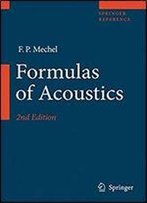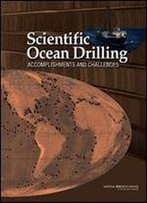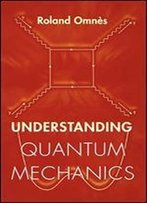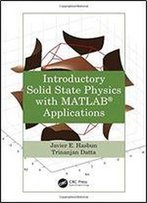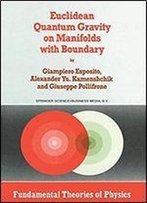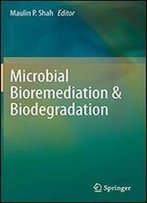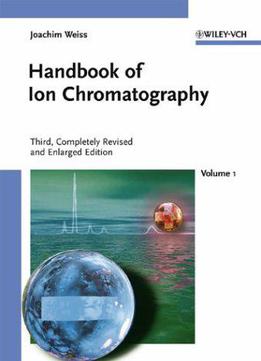
Handbook Of Ion Chromatography
by Joachim Weis /
2004 / English / PDF
15.9 MB Download
Precisely ten years have passed since the publication of the second edition of this book in 1994. Over this decade the method of ion chromatography has rapidly developed and been further established. One can name the many new separator columns with partly extraordinary selectivities and separation power in this connection. Nowadays, new grafted polymers, compatible with large volume injections, enable ion analysis down to the sub-µg/L range without time-consum-ing preconcentration. Of particular importance is the development of continu-ous and contamination-free eluant generation by means of electrolysis, which considerably facilitates the use of gradient elution techniques in ion chromato-graphy. Furthermore, only de-ionized water is used as a carrier with ion chroma-tography systems configured for the use of such technology. Along with this development, hydroxide eluants, which are particularly suitable for concentration gradients in anion exchange chromatography, are increasingly replacing the classical carbonate/bicarbonate buffers predominantly used so far. In contrast to carbonate/bicarbonate buffers, which will still be used for relatively simple applications, higher sensitivities are now achieved with hydroxide eluants. This trend is supported by an exciting development of hydroxide-selective stationary phases. In line with classical liquid chromatography, hyphenation with atomic spectrometry and molecular spectrometry, such as ICP and ESI-MS, is becoming increasingly important in ion chromatography, too. The section Hyphenated Techniques underlines this importance. Because carbohydrates, proteins, and ligonucleotides are also analyzed by ion-exchange chromatography, but only carbohydrates were included in the second edition, the sections Proteins and Oligonucleotides have been added in this new edition. In combination with integrated amperometry as a direct detection method, ion-exchange chromatography also revolutionized amino acid analysis. Thus, in many application areas ion chromaography has become almost indispensable for the analysis of inorganic and organic anions and cations.
